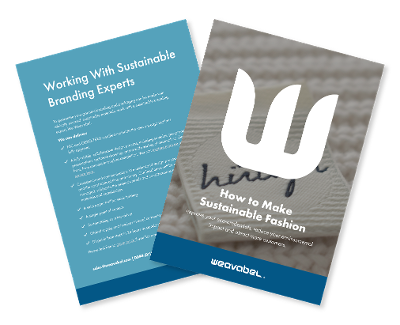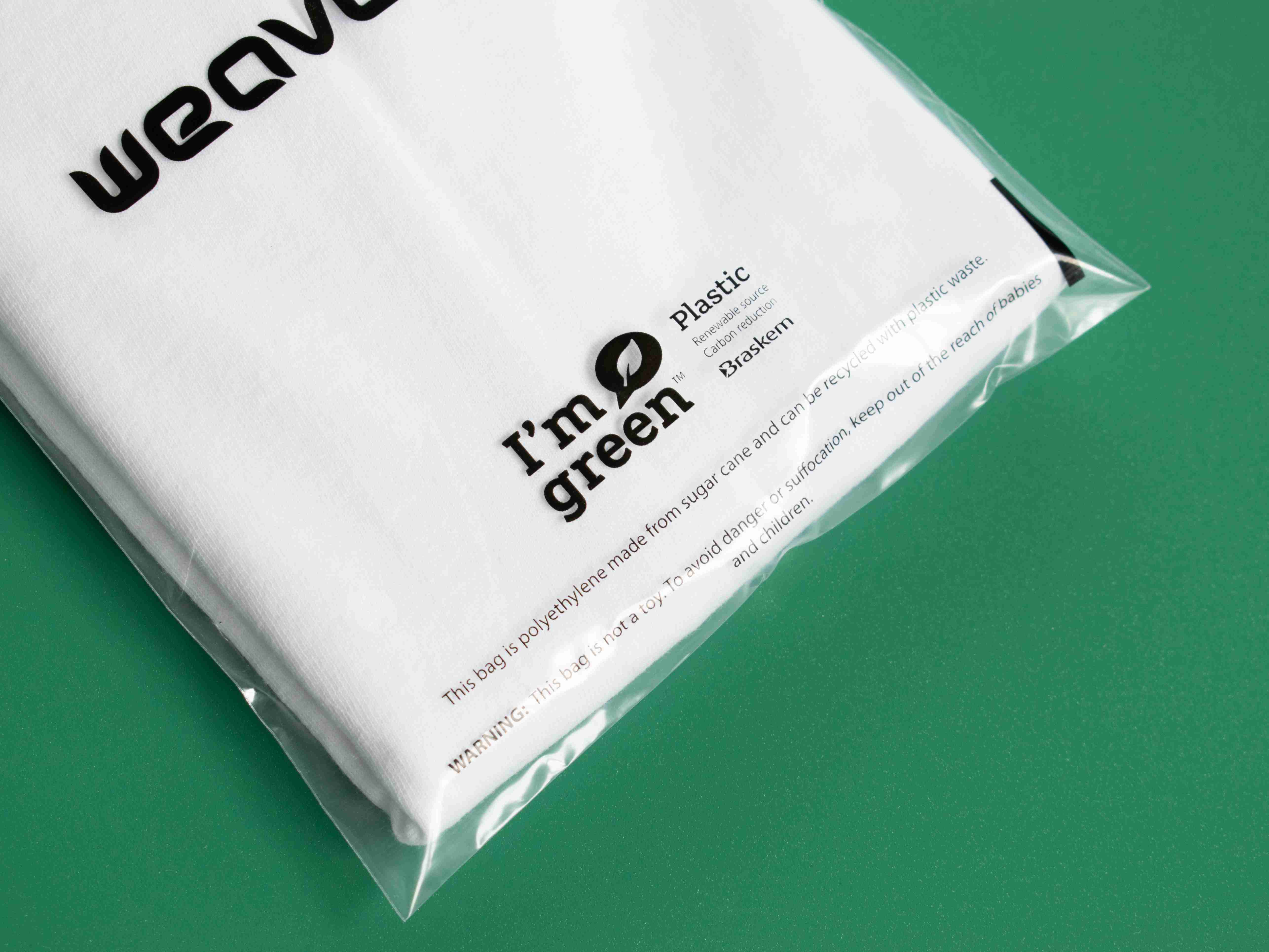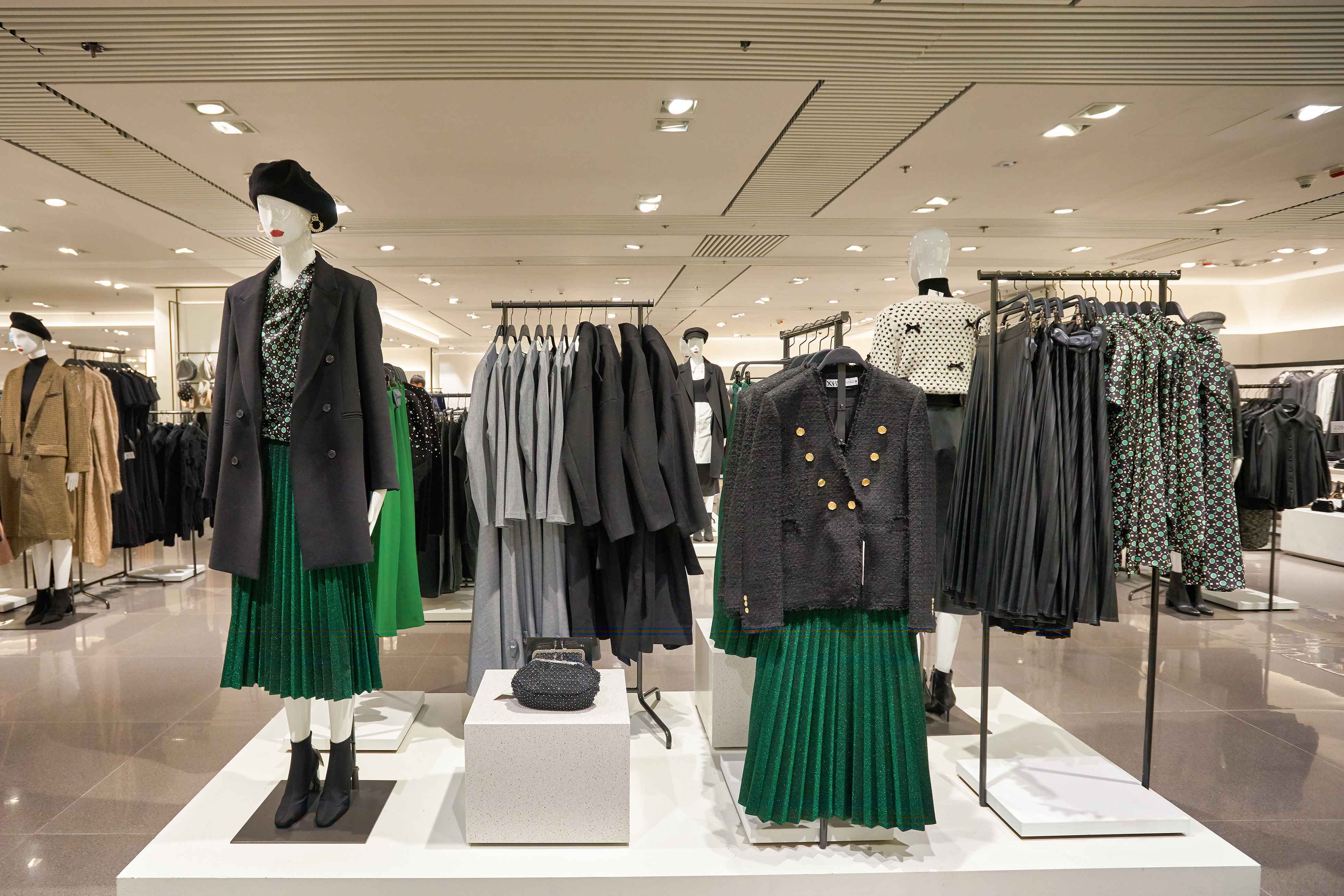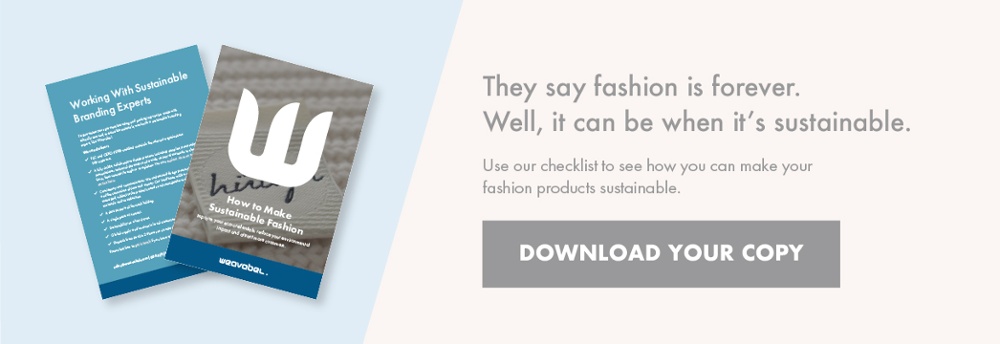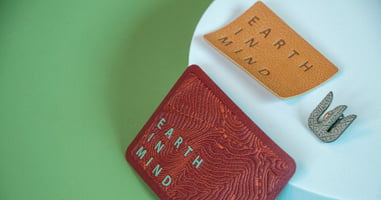Fast Fashion and Sustainability: Will the Two Ever Get Along?
Explore the complex relationship between fast fashion and sustainability in the fashion industry. Learn about the eco devastation leading them to join forces.
.jpeg)
Fast fashion still has a long way to go when it comes to sustainability. In fact, the nature of fast fashion - the intense turnaround times for new ranges and products - almost makes it impossible for fast fashion to ever truly be sustainable. And this is a big problem. According to the Fixing Fashion report, ‘Textile production contributes more to climate change than international aviation and shipping combined’.
But it’s not only an environmental problem, it’s an ethical one too. In 2020, Fashion checker found that 93% of brands weren’t paying garment workers a living wage. So, we have to ask the questions, why is fast fashion so popular? What’s the impact of fast fashion on the environment? Will the two ever get along? What kind of sustainable fashion materials are there?
- Fast Fashion’s Devastating Impact on the Environment
- The Appeal of Fast Fashion
- What Can Fashion Brands Do to be More Sustainable?
- Make Your Brand More Sustainable
Fast Fashion’s Devastating Impact on the Environment
Let’s first define fast fashion. Good On You, the fashion sustainability experts, have an explanation:
Fast fashion can be defined as cheap, trendy clothing that samples ideas from the catwalk or celebrity culture and turns them into garments in high street stores at breakneck speed to meet consumer demand.
The key problem is the speed and intensity of demand and production. Did you know clothing production is the third biggest manufacturing industry in the world, after the automotive and technology industries? Check out these stats:
- The fashion industry is responsible for 8% of global carbon emissions.
- Open-loop fashion production cycles are responsible for both land and water pollution.
- 10 to 20% of harmful pesticide use is caused by the fashion industry.
Fast fashion is a volume-based production cycle. Dana Thomas, author of Fashionopolis: The Price of Fast Fashion and the Future of Clothes, stated, “If your business model is based on volume, that’s not what’s part of the sustainable movement in any industry.”
The rate at which we’re producing, consuming and discarding clothing is one part of the problem. New styles appear daily at major fast fashion retailers, only days after their designer counterparts have debuted.
Unfortunately, some consumers see these pieces as disposable. According to the State of Fashion Report, one in three young women consider a piece of clothing worn once or twice to be old. So not only is it a logistic issue of poor environmental practice in terms of land use, water pollution and carbon emissions but there’s also a genuine and systemic attitude of ‘want’ represented in consumer markets.
This reflects the desire for ‘fresh off the runway’ fashion, but the repercussions are high - carbon emissions, wastewater production and enormous amounts of landfill waste. Fast fashion is second - only to oil - as the world’s largest polluter.
- Less than 11% of brands are beginning recycling strategies.
- 60% of fast fashion items end up in a landfill.
- 20% of industrial water pollution is caused by solvents and dyes used in garment manufacturing.
If we’re ever going to combat climate change, fast fashion will be one thing that has to change drastically.
The Appeal of Fast Fashion
While many factors contribute to fast fashion success, like retailers such as Boohoo and ASOS, other factors have driven its momentum. A key characteristic is how these brands engage with their millennial consumers and keep them coming back for more.
Retailers do this by delivering the high demand for new fashion. As younger consumers typically like to spend around seasonal events and after payday, discounts are applied accordingly, often at added cost to the eco-friendliness of the whole transaction. An article from Good On You accurately details the issue consumers drive when it comes to fast fashion:
By thinking of the garments we wear as short term tools rather than long term investments, we contribute to wasteful consumption patterns that inevitably lead us towards drastic climate change.
One of the critical enablers for fast fashion companies is how cheaply they can make their garments, meaning they can sell them at competitive prices. For example, at the time of writing, there are more than 500 dresses available on Boohoo.com that are cheaper than £15.
This is caused partly by how little garment workers are paid, driven by greed, poor infrastructure and gender inequality. Why not take a moment to use Fashion Checker to determine which brand pays a living wage to their garment workers?
What Can Fashion Brands do to be More Sustainable?
.jpeg?width=1600&name=5480590b-1a64-4bc1-b6a9-d982cd514f10%20(1).jpeg)
Although it might seem that fast fashion and sustainability will never make amends, a cease-fire might be on the cards. Consumers are becoming more conscious and aware of their environmental impact. This shift puts a spotlight on their shopping habits and the manufacturing process too. So what can brands do to be more sustainable? Here are some important changes:
- Be transparent about their supply chains.
- Partner with sustainable branding partners.
- Ensure their packaging is eco-friendly.
- Switch to a renewable energy provider.
- Implement a recycling strategy.
- Design new ranges less frequently.
- Create fashion that lasts.
- Utilise all offcut fabric and material.
- Source raw material from sustainable suppliers.
Consumer demand is forcing the fashion industry to find ways to be more environmentally friendly. When it comes to sustainability and responsibility, many brands choose to ignore their customer concerns and, in turn, impact their brand value.
Brands can minimise their footprint by opting for materials that ensure the durability of garments. Encouraging upcycling and choosing to work with factories with certifications like FSC and OEKO-Tex are also momentous strides towards sustainability.
Your brand can join this revolution and make changes in your own production process. It’s kinder to the environment, what consumers want and it’s easier than you think.
Start by looking for branding specialists that are driven by a more sustainable future. They'll have collections, such as premium sustainable collections, eco garment branding options and or even Spruce products to make fashion and other retail brands sustainable within their products.
Sustainability is an easy thing to capture, you just need to discover what’s available on the market today. To find out, you can explore these sustainable product options.
Make Your Brand More Sustainable
As consumers become more eco-conscious and legislative pressure grows on brands, the need to become more sustainable accelerates. If you're looking to transform your business but don't know where to start, we can help you with that.
How to Make Sustainable Fashion is the checklist you need. It covers everything from guidance on sourcing raw materials, the best sustainable packaging options and how to improve your distribution tactics.
What are you waiting for? Access your free copy today!
SUSTAINABLE FASHION, SORTED
Download our checklist to learn how your company can make the transition to eco-friendly manufacturing and become more sustainable.
WHAT'S COVERED IN THE CHECKLIST?
- Guidance on sourcing raw materials.
- Insight into the most eco-friendly garment branding and trims.
- The best sustainable packaging options.
- How to improve your distribution tactics.
- Reasons to work with a sustainable branding expert.
